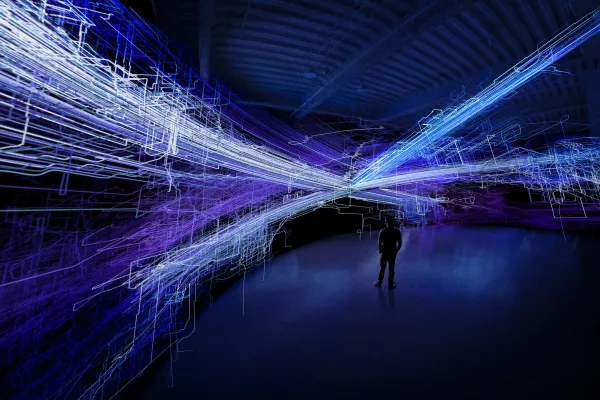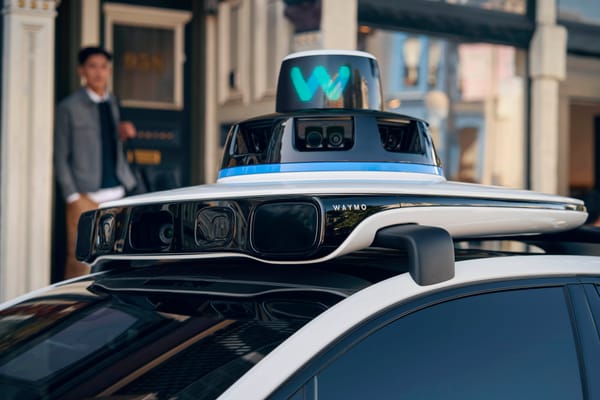PassiveLogic Secures $74M to Scale Robot-of-Robots Platform for Built Environments

- The Series C round, led by noa, will accelerate deployment of PassiveLogic’s physical AI platform for autonomous infrastructure control.
- The platform combines digital twins, real-time simulation, and generative autonomy to orchestrate sensors, systems, and environments.
PassiveLogic has raised $74 million in Series C funding to expand its physical AI platform across real-world infrastructure. Led by noa, with participation from Prologis Ventures, Johnson Controls, PSP Growth, and existing investors including NVentures and Brookfield, the round brings the company’s total funding to over $125 million.
"PassiveLogic is delivering the kind of step-change innovation we look for—not just as investors, but as operators. Their platform brings true autonomy to building systems, allowing for smarter, more efficient, real-time control across entire environments," said William O'Donnell, Global Head of Corporate Development and Growth at Prologis, in a press release. "We're excited to support the team and to bring this technology into our portfolio to help us operate even more intelligently at scale."
Described as the world’s first "robot-of-robots" platform, PassiveLogic enables users to create autonomous systems for buildings using generative AI, digital twins, and real-time physics-based simulation. Its core offering, Hive, acts as a unified decision engine, delivering adaptive control over complex environments such as hospitals, data centers, and industrial campuses.
By managing systems like HVAC, energy, logistics, and fault detection through a single AI brain, PassiveLogic aims to replace legacy rules-based automation. The company’s ecosystem also includes Sense Nano, a wireless sensor that captures real-time occupancy and environmental data, and Quantum Lens, a mobile app that creates building digital twins using a smartphone, which support deployment in both new builds and retrofits.
🌀 Tom’s Take:
Generative AI, digital twins, and simulation are all parts of this system, and when combined, they offer a totally new way to manage and control building infrastructure, far beyond legacy approaches.
Source: PR Newswire / noa




